Improving cardiovascular fitness is a key goal for anyone managing hypertension. One of the best indicators of heart and lung efficiency is VO₂ max—the maximum amount of oxygen your body can use during intense exercise. But when it comes to boosting VO₂ max, should you choose high-intensity interval training (HIIT) or steady-state cardio? And more importantly, which is safer and more effective for people with high blood pressure?
VO₂ max measures how efficiently your heart, lungs, and muscles work together during exercise. A higher VO₂ max means better endurance, improved heart health, and lower risks of cardiovascular disease. For people with hypertension, increasing VO₂ max can lead to better blood pressure control and overall well-being.
Both HIIT and steady-state cardio can improve VO₂ max, but they do so in different ways and with varying risks—especially for those managing high blood pressure.
High-Intensity Interval Training (HIIT) alternates short bursts of intense exercise with recovery periods. A typical session might include 30 seconds of sprinting followed by 1–2 minutes of walking, repeated for 15–30 minutes.
Benefits for VO₂ max: HIIT is highly effective at improving VO₂ max quickly. Studies show that even short HIIT sessions (10–20 minutes) can produce significant gains in aerobic capacity, often more than steady-state workouts of longer duration.
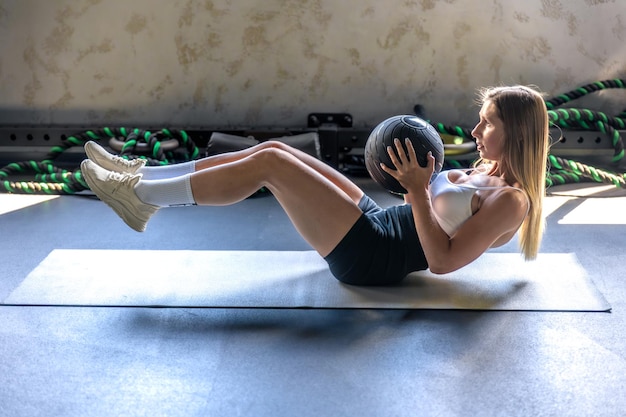
Steady-state cardio involves continuous, moderate-intensity exercise—like brisk walking, cycling, or swimming—at a consistent pace for 30–60 minutes. Your heart rate stays within 60–75% of your maximum throughout.
Benefits for VO₂ max: While it may take longer to see results, steady-state cardio gradually improves cardiovascular endurance and is easier to sustain over time. It’s especially effective when done consistently.
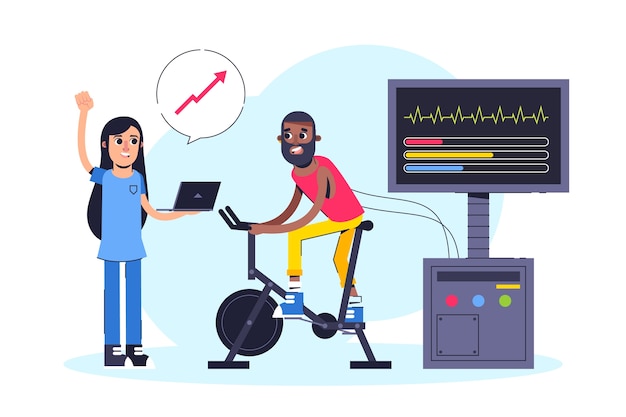
For people with high blood pressure, safety is just as important as effectiveness. Let’s compare both approaches:
The American Heart Association recommends at least 150 minutes of moderate-intensity aerobic activity per week for adults with high blood pressure. Here’s how to structure your week:
For most people with hypertension, steady-state cardio is the safer and more sustainable choice for improving VO₂ max. It provides consistent cardiovascular benefits without the blood pressure spikes associated with HIIT.
However, if your blood pressure is well-controlled and you’re looking to maximize fitness gains, modified, low-impact HIIT can be added cautiously—ideally under medical guidance. Even short intervals at moderate intensity can enhance VO₂ max over time.
Ultimately, consistency and safety trump intensity. The best exercise is the one you can do regularly without risk.

Health

Health

Health

Health

Health
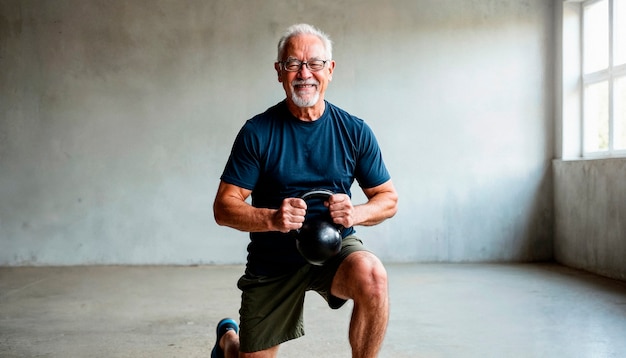
Fitness

Health
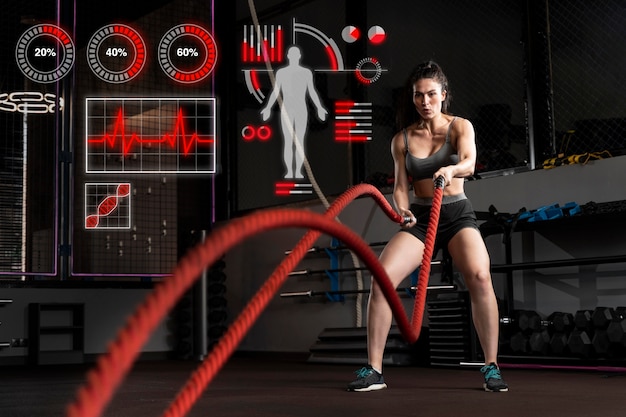
Fitness
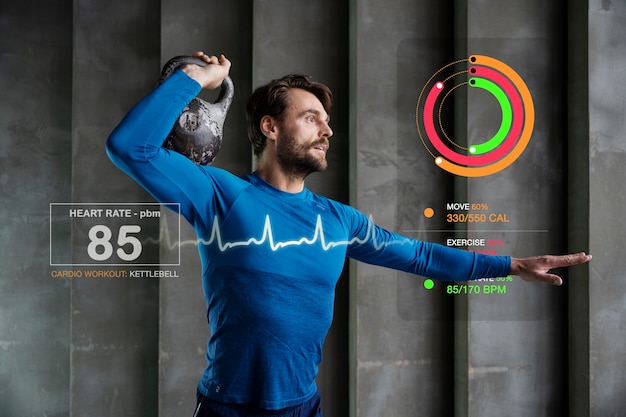
Fitness
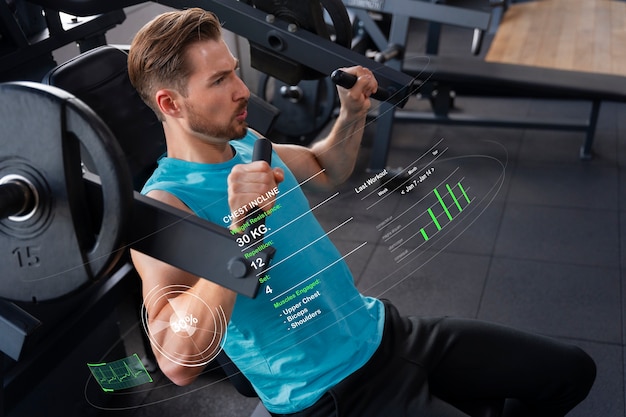
Fitness

Fitness

Health

Health

Fitness

Health

Health